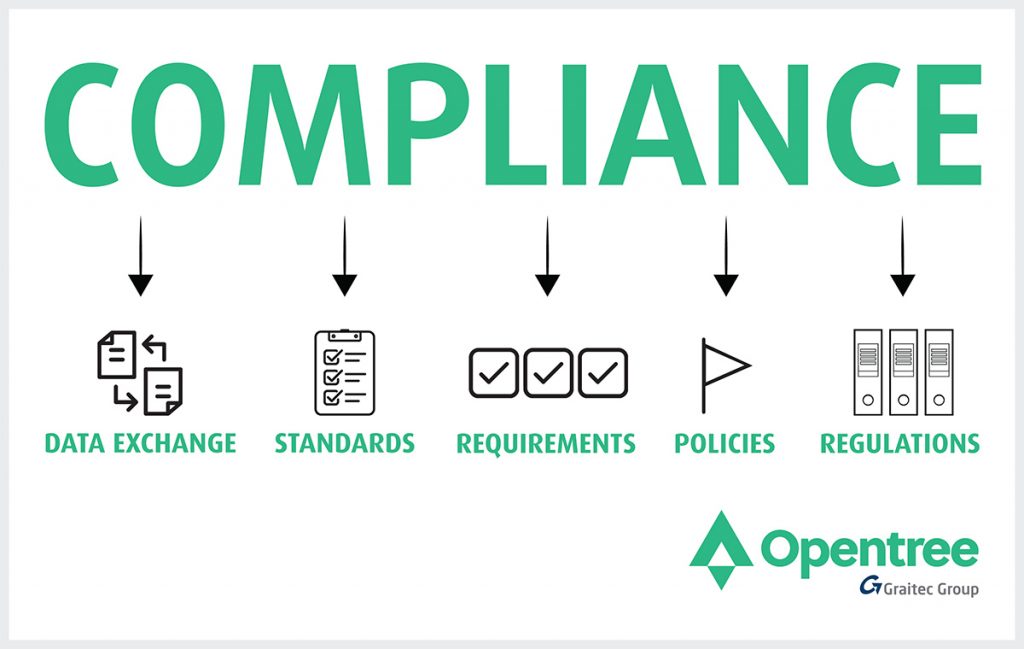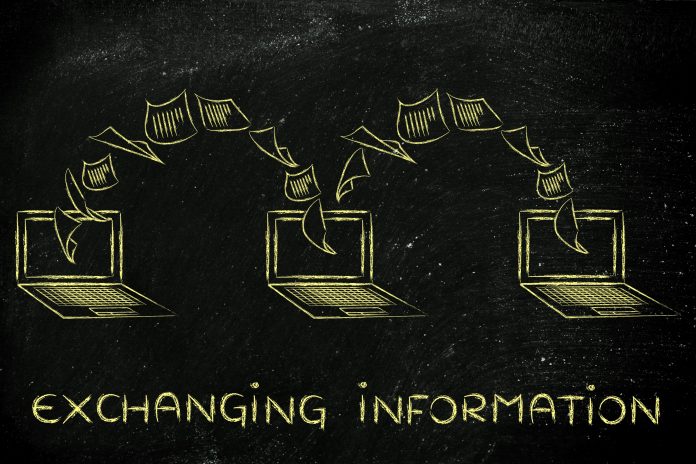Graitec examines the key issues when complying with the Exchange Information Requirements and how they can be overcome
The Exchange Information Requirements (EIR) are designed to be included in the tender documents for the procurement of both a design team and the constructor. It is an important element to a BIM project as they are used to set out clearly to the bidder what information requirements there are and the management of that information.
These requirements are then written into the BIM protocol and form the basis from which bidders can then respond with their initial Information Delivery Plan (IDP).
A compliant IDP will demonstrate how the requirements outlined in the EIR’s will be met. Prevalent information will include:
The project implementation plan.
Project goals for collaboration and information modelling.
Major project milestones.
Product Information Model deliverable strategy.
An Exchange Information Requirements is typically split into three sections: Technical, Management and Commercial. In this article, we are going to focus on certain areas within these categories from software platforms, data exchange formats and collaboration. We are also going to look at data standards and how all of this can potentially have an impact on top line business objectives such as turnover, quality and profitability.
With an emphasis today on open BIM, the Exchange Information Requirements states software platform requirements but it’s not designed to dictate a software to the supply chain. The EIR focuses on collaboration and that is where the chosen Common Data Environment (CDE) is established.
For many organisations collaborating with the common data environment is not an issue, it can often be a very manual process for task team managers to issue approved information. Preparing models and documentation for issuing, uploading to CDE and populating all the meta data can be laborious and if it gets rejected, the process has to start again.
If your business runs several projects in parallel, you will know how much of a challenge it is to control software versions. With software authors allowing end users to have multiple versions on their device, it presents an opportunity for someone to open a file in the wrong version. As most will be aware of the well-known fact, you can take old files into new software versions but it’s very difficult taking new to old.
When a file is opened in a more recent version of software (which does not comply to the EIR) then a lot of time and effort is required amending that back to its original state. Time that is not billable!

Another part to the EIR is the requirement for data exchange formats such as:
Native 3D models.
.DWG, often in a specified version.
IFC.
PDF.
COBie.
The stipulated formats help to communicate content via data drops that are aligned to the various work stages. This is a job for the last day of the week, month or when all that data has been gathered, but with a requirement in industry to get access to data earlier, this historic process needs to change.
There are many standards in industry but if we pay consideration to BS EN ISO 19650, it can present a challenge to understand it all. In many cases, we see a dedicated document controller that’s responsible for ensuring standard processes and BIM compliancy is met. This all adds to non-billable hours and has a potential effect on margins.
There are many factors that affect profit margins but typically we see two main factors. Firstly, do we have a strong brand where we can charge a premium for our product or service? And secondly, where this is not the case, we then have to look at how we do things and seek efficiency or productivity gains.
Graitec’ s Cabinet electronic data management software helps with exactly that and can drastically reduce the non-valued, non-billable activity. With its built-in BS EN ISO 19650 workflows, we help users to comply to BIM Level 2 but without the time-consuming task, energy and resource making sure its correct.
Where .IFC, .DWG and .PDF is a requirement in the IDP. Cabinet software can automate this file save as process upon workflow states from review, approve and share. Not only does this save time but also it reduces the risk of data being rejected in the CDE.
Cabinet can help to control the version of Revit or AutoCAD used on a project so there is no need to worry about any file being opened in a newer version.
With this controlled approach, we can focus on quality and one of the biggest efficiencies gains we can bring is the automation of file naming in accordance to BS EN ISO 19650.
Don’t just take our word for it. Many of the leading names in UK industry are using this software from architecture and engineering to heavy regulated industries such as rail. If you are looking to improve the structure of your data, have better control on the work in progress, automate standards and share data to the CDE’s in real time then Cabinet is a must. To find out more we are running a live webinar on the 4th June 2019 click here to find out more about Cabinet.
Click here to find out more about Cabinet.
Graitec
Tel: (023) 8086 8947
*Please note: this is a commercial profile.














